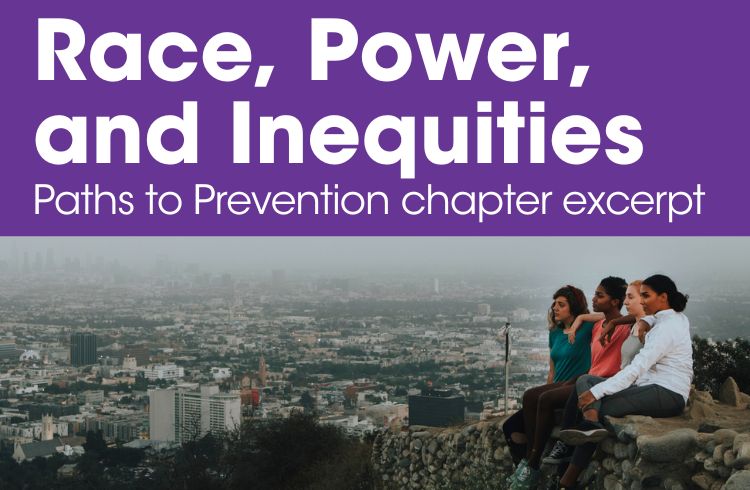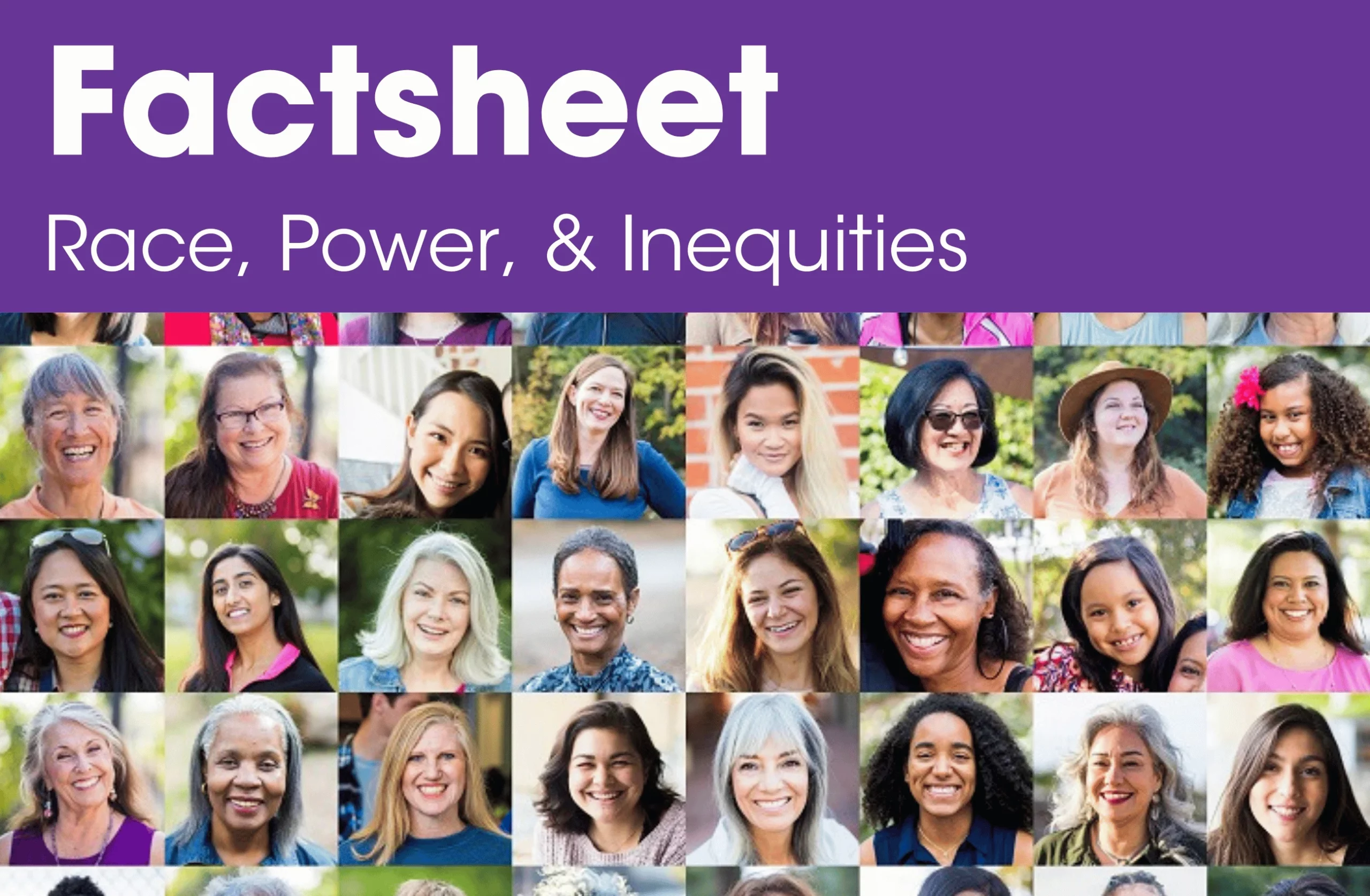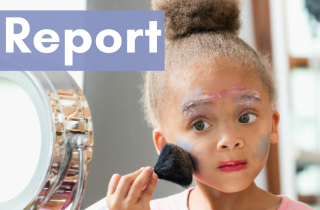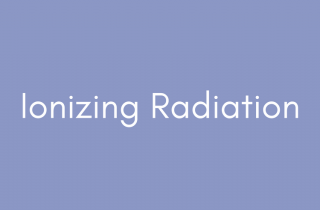Race, Power, and Inequities
Race, Power, and Inequities
Breast cancer incidence is not distributed equally among different ethnic or racial communities or groups, due to a number of complex, often interrelated factors. Race, Power, and Inequities is considered a foundational risk factor because racism and other social injustices and inequities influence almost every aspect of our lives.Science Summary
Historical practices and institutional racism have limited access to housing, jobs, education, medical care, clean air and water, and affordable healthy food. Often, communities of color experience higher chemical exposures and social stressors that contribute to higher rates of disease. For instance, power plants and hazardous waste facilities are often placed near communities of color who then experience exposure to harmful emissions. Our ability to reduce our own breast cancer risk is impacted by the power we do, or do not, have to influence the array of risk and protective factors.
Black women have an increased risk of more aggressive subtypes of breast cancer, which may be partially explained by historical and institutionalized racism. Black women, for example, are twice as likely as White women to be diagnosed with triple-negative breast cancer, a more aggressive subtype of the disease. Studies found the risk of ER- breast cancer was higher for Black women born in the states that practiced legalized racism in the form of Jim Crow laws (from about 1870 to 1964) compared to Black women born in other states.
Racism is a fundamental cause of adverse health outcomes, leading to significant racial and ethnic inequities in health. Reaching greater levels of economic security does not reverse this reality. In fact, racial inequities in health tend to be more pronounced for people of color who are at the upper end of the socioeconomic spectrum.
“In fact, racial inequities in health tend to be more pronounced for people of color who are at the upper end of the socio-economic spectrum.”
What can I do to support the health of myself, my family and friends, and my community?
Addressing racial discrimination and other social injustices is an overwhelming proposition, yet it must start with each of us looking at, acknowledging, and working to interrupt the explicit and implicit socialized biases we all have. Read a book by someone with a very different life experience. Participate in Diversity, Equity, and Inclusion (DEI) courses. Join and support organizations fighting against social injustice.
If we see or experience racism or gender discrimination, say something; use it as an opportunity for education. Encourage others to advocate for themselves and their health (for example, asking healthcare providers for educational information in a language they can understand). Support those with diverse backgrounds to get involved in the political process.
Undoing our years of socialization is not a one-time event, but an ongoing process that takes courage and persistence.
How can I help advocate for and support systemic change to remove barriers to health?
While individual efforts to address our biases are an important starting point, these injustices must be redressed through public policies addressing the root cause of discrimination.
Any interventions to address inequities must ensure that affected communities lead the way in identifying both the problems and the solutions; and have the opportunity for collective healing.
Here are some ways to get involved with systems-level action to reduce breast cancer risk:

Declare racism as a public health crisis at the city, county, and state levels to address root causes of health disparities (for example, cumulative chemical exposures, poverty, and social stressors).

Require ongoing anti-racism training for medical providers, medical students, and healthcare systems to reduce implicit bias and ensure fair and equitable medical care.

Work with community groups to provide culturally tailored education and advocacy on how to reduce the disproportionate impact of breast cancer risk factors for under-resourced communities, including rural, tribal, and communities of color.
Working with community groups to provide culturally tailored education and advocacy on reducing breast cancer risk factors in under-resourced communities, including rural, tribal, and communities of color, is crucial. Many organizations have successfully provided such education. For example, the Alaska Native Tribal Health Consortium created culturally tailored online cancer education with Alaska’s tribal medical providers. A follow-up survey showed all participants had reduced their cancer risk through behavior changes like smoking cessation, improved diet and physical activity, and more frequent cancer screenings, citing the online education as their motivation.
Resources

Chapter Pullout

Factsheet (English)
“Reducing breast cancer risk is only one aspect of the overall goal of ending racism and other oppressions.”
Paths to Prevention: CA’s Breast Cancer Primary Prevention Plan

Supported by grant funding from Gilead Sciences, Inc. Gilead Sciences, Inc. has had no input into the development or content of these materials.
Types: Fact Sheet, Report




